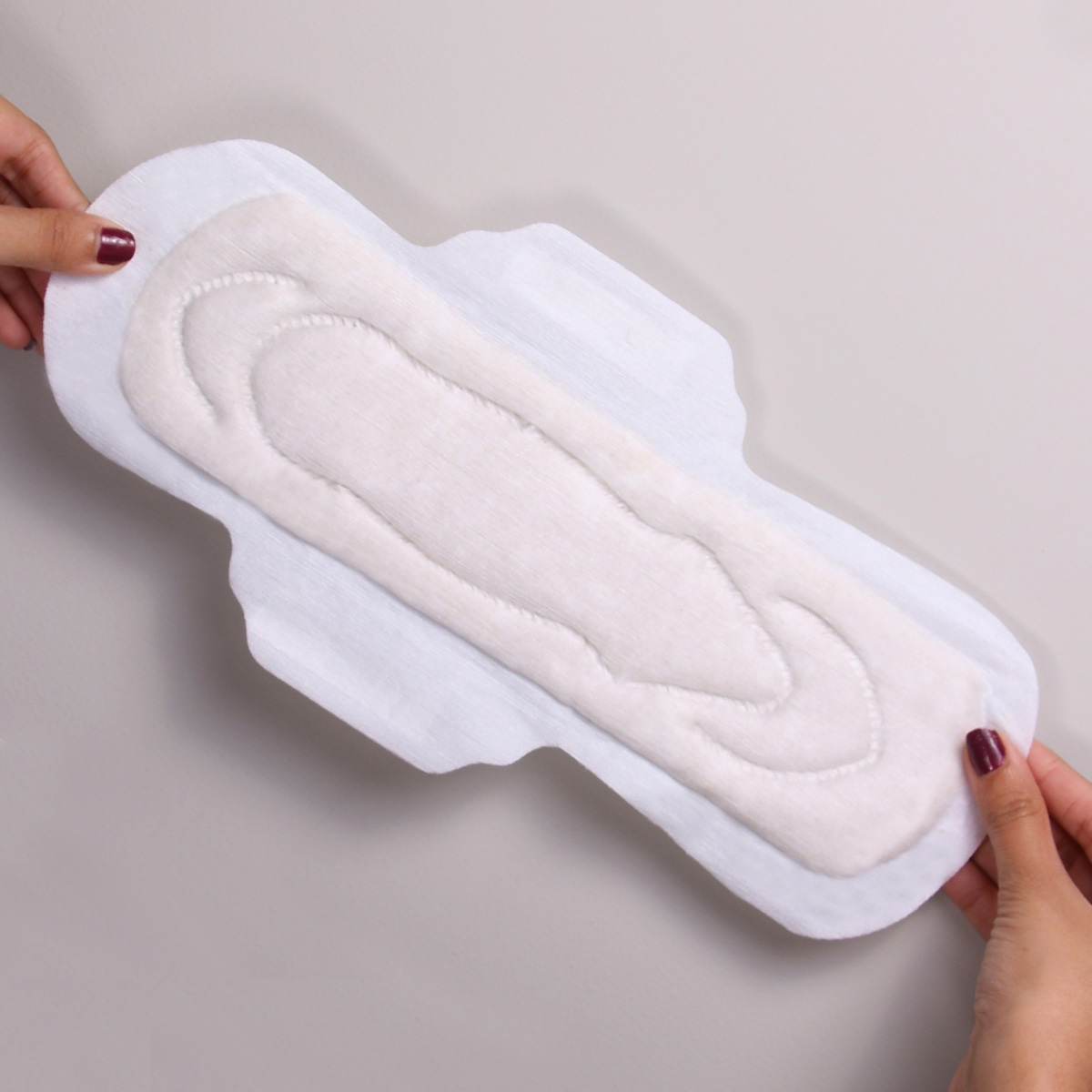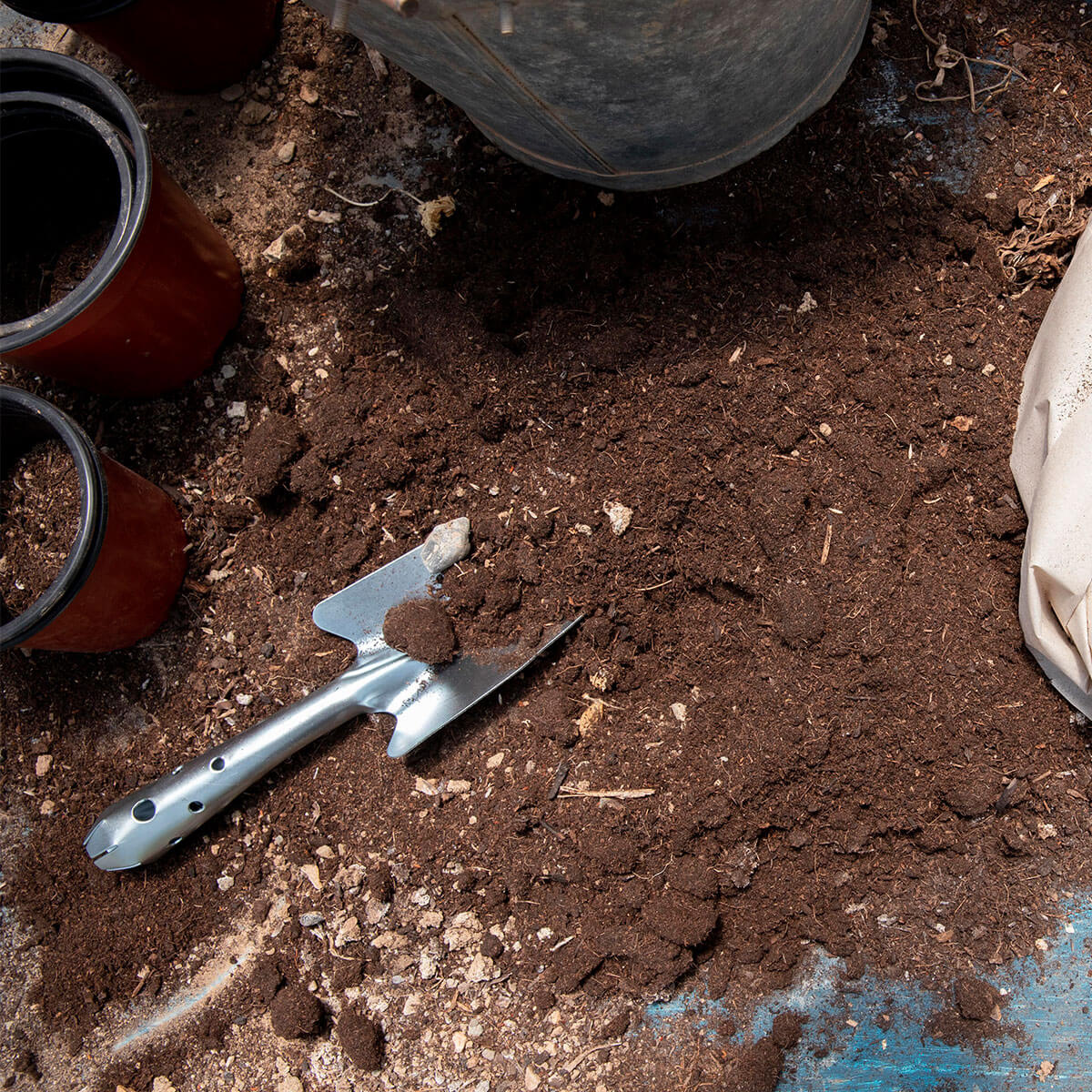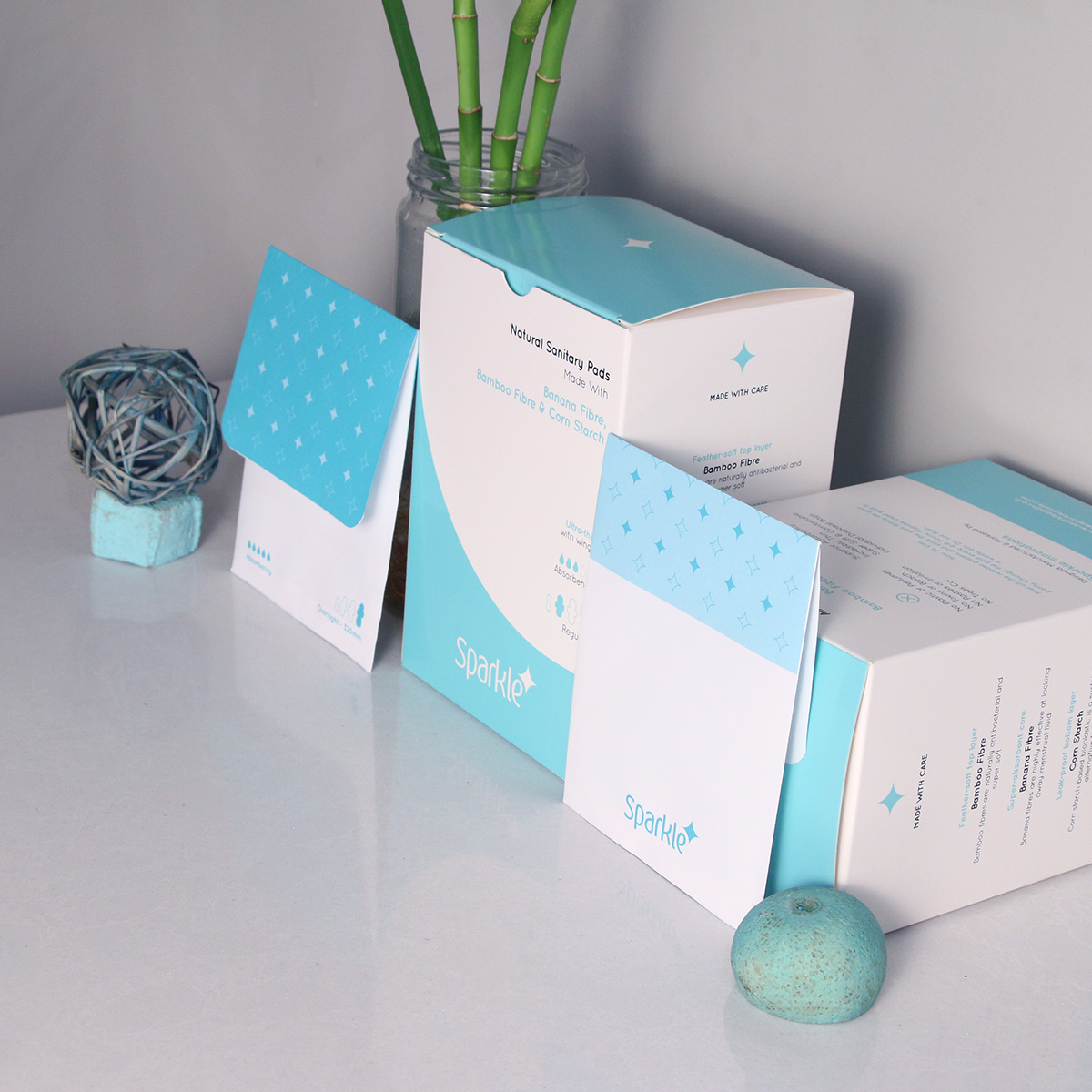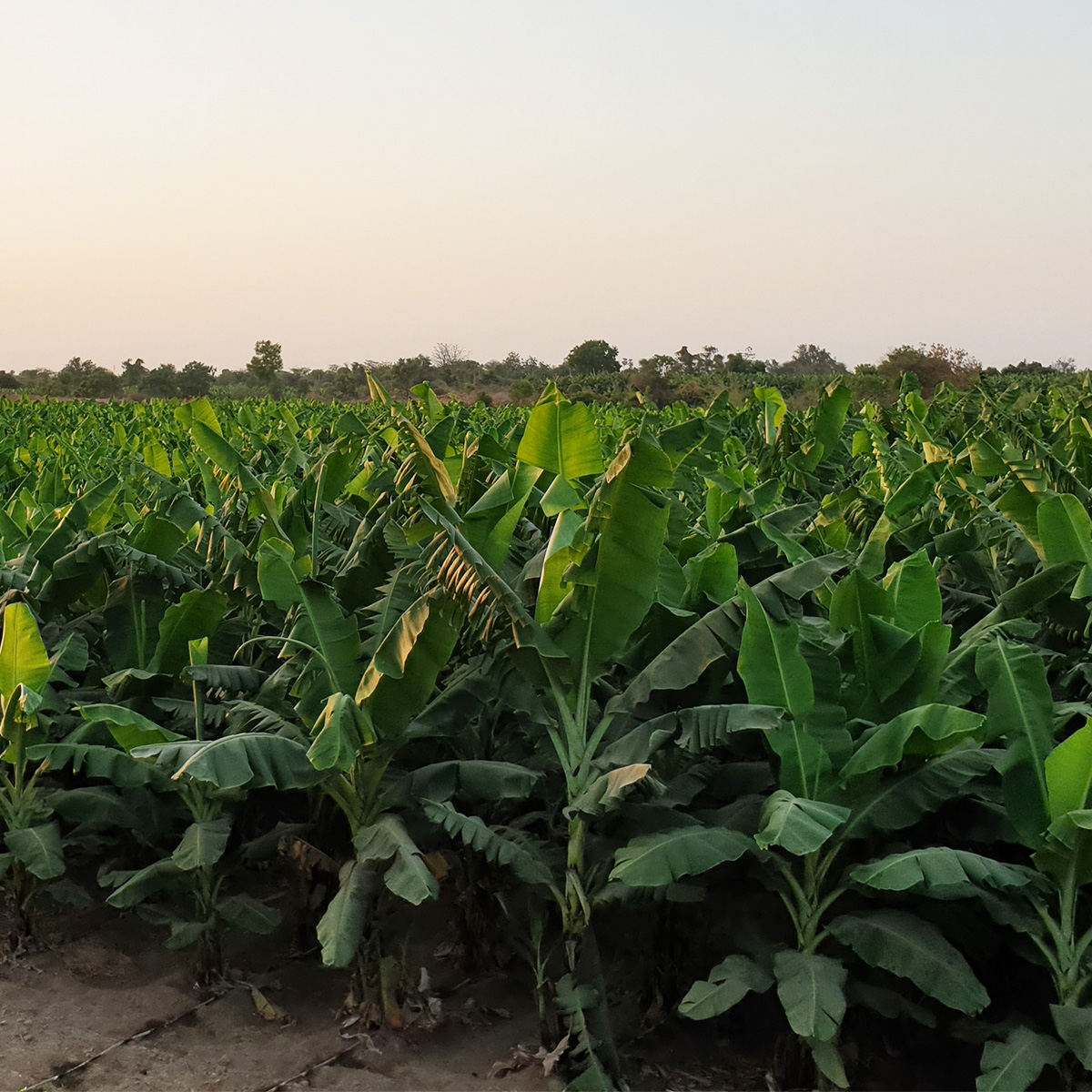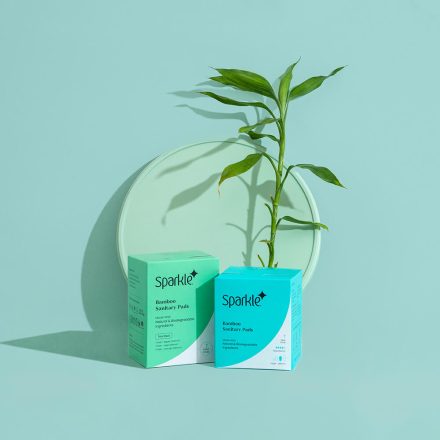When we look at the history of civilization, it is evident that most early societies practised some form of composting. To improve soil fertility, humans spreaded plant waste and manure on fields for generations.
Sir Albert Howard, a government agronomist, developed the “Indore Method” in the mid-1920s, a process which involved three parts of garden clippings to one part of manure or kitchen waste arranged in layers and mixed periodically (a practice also known as the precursor to modern composting).
However, over time, we’ve gone past using only garden clippings and kitchen waste – now, compostable materials include tea bags, shredded newspaper, cardboard, sawdust, wood chips, hair and fur, etc.
But could this list also include natural period products such as biodegradable and compostable sanitary pads?
Before we delve into that possibility, let’s take a quick look at why there might be a need for it:
The Menstrual Hygiene Alliance of India has stated that nearly 121 million menstruating individuals use disposable sanitary pads as their primary period care product, all of which can individually take around 800 years to decompose. As conventional pads are made from up to 90% of plastic compounds, rendering them non-compostable or non-biodegradable, the stack of non-sustainable period products is rising by the day.
While no one has really entertained the thought of period products and composting, menstrual products that are plastic-free (like Sparkle) and made from natural biodegradable materials and plant cellulose can definitely tick the boxes on the composting checklist!
I don’t know the first thing about composting my menstrual products. How should I go about this?
Keep these steps in mind and you’ll be well on your way:
1. Composting only works with natural menstrual products:
Whether it’s panty liners, tampons or pads, they need to have a natural/plant-based composition. A quick way to find out is to read the label or ingredients list on the pack.
2. Ensure you buy/make the right kind of composting bin:
You’ll need to be vigilant that the bin you create/purchase should have the provision for sustaining the right kind of condition for your compost (i.e. warm and humid). Your bin should also be well-sealed, to prevent vermin attacks.
3. Your compost should have a good balance of:
A) Green compost (vegetable peels, grass cuttings, tea residue, eggshells, etc – essentially, items that break down and decompose quickly)
B) Brown compost (fibrous materials like cardboard, pruning clippings, sawdust, etc that take longer to biodegrade. Natural sanitary pads fall into this category.
4. Larger surface areas clock better composting times:
The more surface area composting microorganisms have to work with, the faster they can break down the materials. To speed up the composting process of natural sanitary pads, you can always break up the pads into smaller pieces.
5. The wait is worth it:
Most compostable products typically decompose within 6-12 months in well-maintained composting conditions. However, it is recommended to wait around 15-20 months for menstrual products to fully break down in a home compost environment.
Stick to compostable waste in your bin, and ensure it stays warm, moist, and well-aired (while being well-sealed); after about a year and a half of compost cycle, you should have some excellent quality compost to use in your garden.
Congratulations on choosing sustainability in both your products and processes!
To learn more about composting your sanitary pads at home, please visit: How can I compost my sanitary pads at home?

